Review: ZTE Axon M for AT&T
Nov 27, 2017, 7:00 AM by Eric M. Zeman
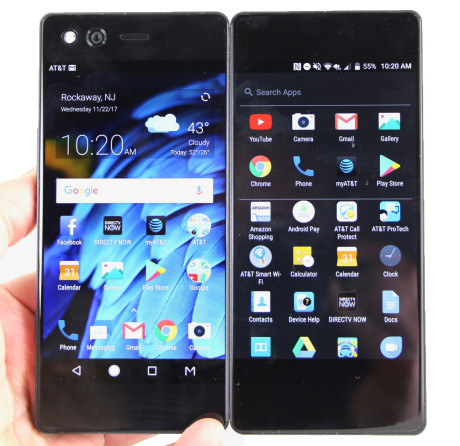
The Axon M is an entirely unique handset in today's market of slim slates. This dual-screened smartphone unfolds to create a large, tablet-sized display for multitasking and enjoying video on a wider canvas. ZTE's latest Android smartphone is nothing if not interesting. Here is Phone Scoop's in-depth review.
Hardware
Is It Your Type?
The ZTE Axon M is a unique, dual-screened Android smartphone for those seeking something far off the beaten path. If you're tired of today's me-too Android slabs and want to maximize screen real estate for video and multitasking, the Axon M is worth a double-take.
Body
The Axon M is something entirely new. The main focus was to design a phone with a really big screen while keeping the dimensions well under those of a tablet. The result is the Axon M, a device with two 5.2-inch full HD displays that fold out to create one, big 6.9-inch screen.
The Axon M isn't the first phone to take the two-screen approach. Kyocera had a similar idea with its Echo, but that was six years ago. Android has changed since then, and so have we; many of us use our phones a bit differently these days.
The Axon M is a humongous, blocky chunk of aluminum and glass. Few phones look as much like a shoebox as this phone. ZTE opted for curved-edge Gorilla Glass 5 on both the front and rear surfaces. The primary screen is affixed to the thicker half of the phone, while the secondary display is fitted to a thinner metal panel. A rounded hinge runs the entire length of the phone's right edge. The side edges are flat and feel sharp against your palm. I do like the matte black paint job on the metal frame. It contrasts nicely with the reflective glass surfaces.
The Axon M is thick by modern standards at 12.1mm. (The bulk of phones fall between 7 and 10mm thick.) It also feels narrow(ish) and not too tall, but it's the thickness that really hurts. The weight is pretty hefty, too; the Axon M weighs in at a full half pound. The beefy aluminum chassis and glass make for a heavy phone that you'll know you're carrying it around. The blocky footprint and sharp corners aren't the most hand-friendly I've used. It feels cold and brick-like in your hand, whether you prefer small or large devices. Good luck getting the Axon M into your pockets. The thickness and shape together make it a tight, uncomfortable squeeze into tight pockets. Those corners are really pokey when you sit down.
The glass and metal components are tough stuff. The sheer thickness of the aluminum frame and gigantic hinge give the phone a strong, rugged feel. The two Gorilla Glass panels are fitted into their respective places tightly with no gaps in the construction. I appreciate how the glass is curved along the frame edges.
The phone itself is not actually rugged. Any device that relies on glass front and back is by definition doubly breakable. It's not water resistant, either.
The Axon M's face reminds me a lot of Sony's Xperia handsets thanks to the overly thick top and bottom bezels. You can't miss the camera and flash, which are positioned in the phone's forehead. Both components look over-sized to me.
Top and Camera
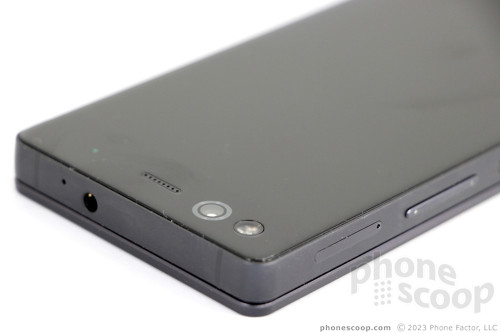
ZTE enclosed the Axon M in an aluminum frame. All the buttons are on the left side of the phone. A volume toggle is closest to the top. It has a decent profile and the action is pretty good. The feel is nice, though the clicky sound is a bit much for me. The screen lock button is actually recessed a bit from the surface of the side edge. It doubles as a fingerprint reader. I didn't have any trouble locating it and the action was pretty decent. Last, ZTE included an action button, positioned closer to the bottom of the left edge, that does two things. A short press launches the camera app. A long press will launch your favorite mobile video app. It is not a shutter button for the camera, which is really weird.
The entire right edge of the phone is reserved for the hinge between the two halves of the phone. It feels really strong. ZTE included a 3.5mm headphone jack on top of the Axon M, and a USB-C port on the bottom. You'll see slits for the speaker on the bottom as well.
Bottom Edge
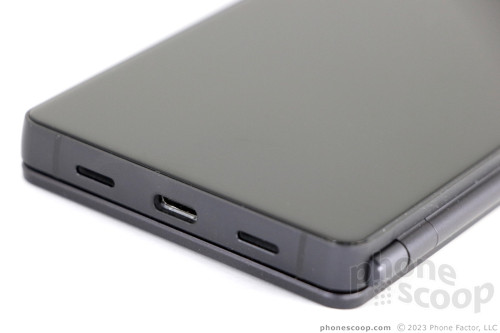
When closed, the Axon M's rear panel almost mirrors that of the front. It's a single, uninterrupted piece of glass glued into a metal frame. There is no camera module, no branding, and no buttons. You'll see the same thick bezels above and below the secondary display, and that's about it.
I'm nervous about ZTE's approach here. There's absolutely no protection for this second screen. With no rim around the outer edge, it's fully exposed. You risk scratching it every time you rest the phone on its rear surface. ZTE has some cases available for the Axon M, but none are included in the box. At the very least, ZTE should have included a stick-on screen protector.
Opening and closing the phone is satisfying. There's a small groove between the two halves that's easy to catch with your finger. The hinge is not loose and doesn't flap around. The secondary display stays firmly in place no matter where you position it. That's important. When opened all the way, the left half of the phone is about three times thicker than the left half, which sort of hangs outward when placed on a flat surface. If you flip the phone over, all you'll see is the metal rear coverings. There's nothing exciting at all, just the functional components of the hinge.
Tent-style
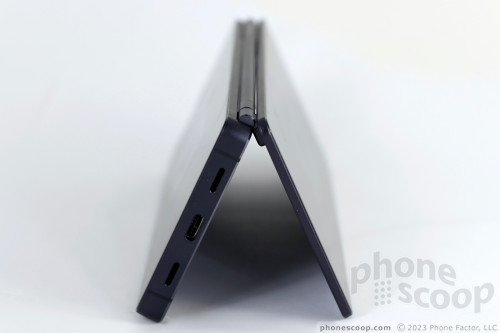
The phone is definitely more awkward to hold when open. Your thumb can only find purchase on the rounded hinge. It doesn't inspire confidence. You can stretch your palm and cradle the phone between your thumb and middle finger, but this isn't the most comfortable experience either.
In all, the hardware is pretty good. It's definitely unique. There's no question ZTE put together a more compelling device than the 2011-era Kyocera Echo. I understand the limitations of today's hardware, but I worry about the breakability of this phone, the likelihood that the rear glass will get scratched up, and the unappealing thickness of the device when closed. These are the trade-offs you need to accept for everything that makes the phone unique.
Full screen
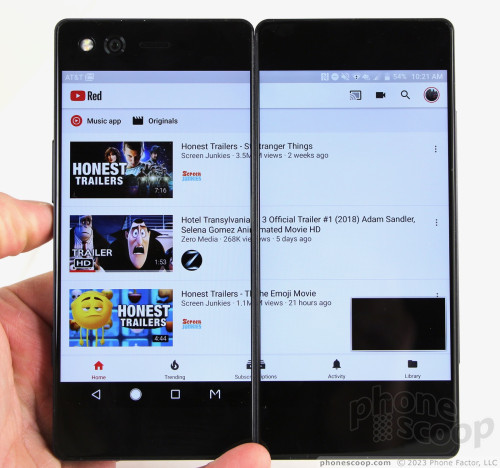
Screen
On their own, the twin 5.2-inch screens are decent. The smaller individual size and full HD resolution are a good pairing. Pixel density is great when viewing one or the other. The LCD panels put out plenty of light. Color looks great and viewing angles are quite impressive.
Used together, the screens don't quite deliver the experience for which I was hoping.
When fully opened, the panels create a screen with a 6.9-inch diagonal that's 2,160 pixels wide by 1,920 pixels tall. It's almost square. A thick black line bifurcates the two displays. It's something I was hoping would sort of vanish after using the phone for a while, but no, it remains distractingly obvious.
Signal
AT&T sells the Axon M and we tested this ZTE handset on AT&T's network in and around New York City. The phone showed a strong connection to Big Blue throughout the metro area. I took it on a jaunt on the highway, and the phone was able to keep Google Maps running in real-time navigation mode the entire way without fail. I didn't see the phone drop to 3G, and it never lost the network completely.
Data speeds were decent, but not the best I've seen on AT&T's network. It was solid enough to handle YouTube and Spotify. The phone was able to connect phone calls under the worst signal conditions and it didn't drop any calls. It performed really well from a wireless perspective.
Sound
The Axon M is a solid voice phone. I was generally pleased with voice quality across the board. The earpiece puts out plenty of sound. I had no trouble hearing calls in noisy coffee shops, busy shopping malls, and in the car. Quality is very good. I didn't notice any distortion at high volumes, and voices typically had a warm timbre. Those I spoke to through the Axon M said I sounded excellent.
The speakerphone is decent, but not the best I've encountered. It delivers a good jolt in the volume department, but clarity suffers a bit, particularly at high volumes. It works in the car well, as long as you don't mind some distortion.
Ringers are loud enough that they should always get your attention. The vibrate alert, however, was just barely strong enough to feel in your pocket.
Battery
Battery life varies greatly. The Axon M packs a 3,180 mAh battery. If you don't use the secondary screen at all, you can push the phone from breakfast to bedtime without much issue. I was able to get a whole day out of the phone consistently using just the main display. Unfolding that second screen will put a big dent in battery life, particularly if you crank the brightness up. I found battery life dropped by hours when the second screen was put to regular use. Battery life is more like breakfast to dinner, rather than betime. That's a big — but understandable — difference. Screens are the biggest power draw on any mobile phone and doubling up the screens means twice the battery drain.
ZTE gave the Axon M the simple, Android system battery saver. It can be helpful in a pinch. The power save can be toggled on manually, or set to activate automatically when the battery reaches either 15% or 5%. You might get an extra hour or two from it.
Thankfully the phone supports Qualcomm Quick Charge 3.0, which means fast charging when used with the included charger. This is a must-have feature for a phone with two displays. I found 30 minutes of charging delivered nearly a half-day's battery life.
Bluetooth, GPS, NFC, WiFi
I didn't run into any issues with the Axon M's other radios. For example, the Bluetooth 4.2 radio connected to headsets and speakers with no problems. Phone calls pushed through my car's hands-free system were about average in quality. Music sounded warm and colorful when streamed to a nearby Bluetooth speaker.
GPS located me quickly and accurately. The phone dialed in my location in 5 seconds or less, and accuracy was as good as about 25 feet. The phone worked well as a real-time navigation tool and had no trouble handling driving, walking, or public transit directions.
NFC aboard means you can set up Android Pay if you wish. I also found it helpful for pairing with some Bluetooth accessories.
The WiFi radio did a commendable job.
Software
Screen Modes
The dual displays operate in three basic modes: one big screen (everything stretched across both panels), split-screen multitasking (different apps on each panel), and screen mirroring (showing the same full-screen thing on both panels). You can jump between viewing modes thanks to a little software "M" button that appears at the bottom of the main screen in the nav dock. Simply tap to access any of the views. How do they work?
The first one — a single giant screen — is pretty obvious. Given all that space, most apps automatically expand to fill it, and many switch to tablet mode, as if the Axon M were an Android tablet. In a way, it is. If you're writing a document you suddenly have way more real estate. If you're browsing a web site, you can suddenly see the entire page. If you're watching video, you can spread it across both screens. ZTE says most apps that support tablet mode should be able to make the jump to full-screen view without any effort and that was my experience as I tested the phone.
The second mode is for power users. This lets you run two full apps at a time, one on each screen. It's multitasking at its no-compromise best. ZTE says this is one of the modes it had in mind from the onset when developing the device. One of today's more popular activities is to use social media while viewing video. People like to comment on sports, concerts, and other television shows in real time. With the Axon M, you can drop a YouTube video on the left screen and then open Twitter or Facebook next to it and file snarky comments with ease. Alternately, you can rotate the phone 90 degrees and put on app in the top panel and a second in the bottom panel. This works best when you're viewing video in one of the screens. I really like this mode.
The third mode is called mirror and performs as the name implies. Fold the Axon M into a tent-like shape, place it on a table with one screen facing you and the other facing your bestie, and you can both watch the same stuff at the same time. That means sharing videos, or even playing adjusted games like Battleship. ZTE says a few of these are available now with more coming soon. This is most ideal when you're sitting at a table with someone across from you and can drop the phone easily in between.
Tent-style

How many apps support all these modes? Nearly all of the installed apps handled the three viewing modes. You'll receive a popup warning if the app you're using can't take advantage of the secondary screen. The important ones (Gmail, Chrome, YouTube, Play Store, Play Movies) all function across both screens perfectly. There are settings for forcing apps to work. Under Settings > Display you'll see options that let you mandate that apps support dual-screen and extended (full-screen) mode. I honestly didn't see any difference in behavior no matter which way the toggles were set.
Are the twin screens and viewing modes useful? That depends a lot on what you want from your phone.
I like the idea of running two full-screen apps side-by-side, through the experience wasn't as awe inspiring as I thought it might be. It did work when I needed to refer to an email while creating a document, That was cool (though something you can mostly replicate on any Android 7 Nougat phone in split-screen mode). It's a bit more fun to spin the phone and run YouTube or Netflix in the top screen and something like Twitter or Facebook in the bottom screen.
Top and Bottom
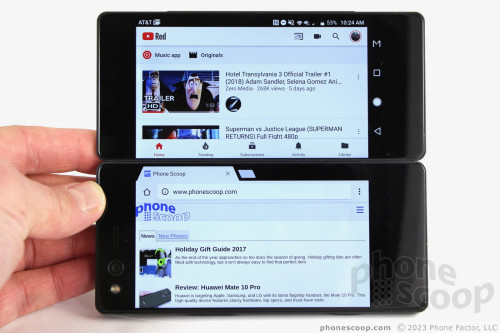
The full-screen mode is useful when you want to see more of a web page or document, but the black bar running down the center of the screen sometimes gets in the way of text legibility. If you're going to watch video — particularly YouTube — you may want to switch to landscape viewing. In this orientation, your video plays across the entire top screen and you still have the YouTube browser available in the bottom screen for commenting on videos, or seeking something else to watch.
Full screen

The mirror mode wasn't as useful and has a limited use case, at least to me. If you can find games optimized for sharing like that, then go for it. Other than gaming or perhaps watching a video, there's not much else you can do with it.
Lock Screen
The Axon M has a simple, standard Android lock screen experience. It includes the most basic version of an always-on display. If you choose to enable it, the always-on lock screen will briefly flash incoming notifications on the black display.
Lockscreen
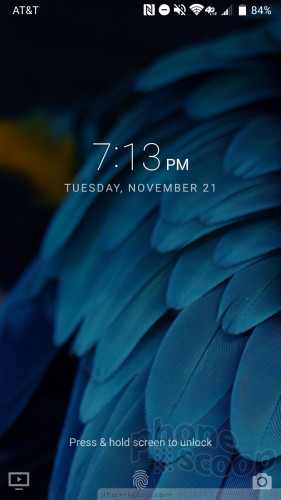
I found the fingerprint reader, on the left edge, was fast and accurate for unlocking the phone. Training several fingerprints takes only a few moments. It works well for either hand.
Home Screen
The Axon M runs Android 7.1 Nougat with minimal visual tweaks from ZTE.
Homescreen
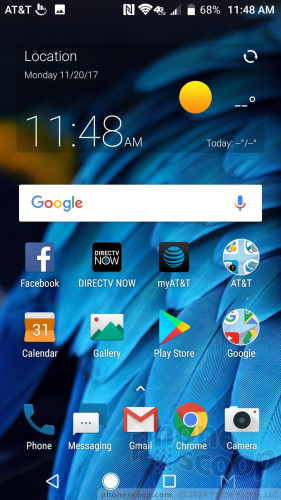
The home screen panels behave just like any other Android handset. Feel free to change up your home screens with wallpapers, app shortcuts, and widgets to suit your preference.
AT&T has loaded the home screens with its garbage-y apps.
The app drawer, settings menu, and Quick Settings shade all behave mostly like the stock Android experience.
The capacitive keys below the screen are back, home, multitask, but you can swap back and multitask if you're used to the Samsung layout. I like that you can adjust the icon sizes, which lets you fit more content on the home screen(s) if you wish.
When you long press the action button on the left edge, the Axon M launches the app you've chosen as your default video service. AT&T makes it clear that it would prefer DirecTV exist as your video service. You can opt for YouTube, YouTube TV, Netflix, Google Play Movies, or other third-party video services if you want. I'm not really sure why this button and function exist. I don't need a button to launch a TV app. Further, your favorite TV app can be turned on via the shortcut that appears in the bottom-left of the lock screen. Clearly this is meant to appeal to those who prioritize their handset as a video-consuming machine. I'd rather the action button only interacted with the camera.
The Axon M has a Snapdragon 821 processor under the hood. This is last year's top-of-the-line silicon. ZTE paired the 821 with 4 GB of RAM and I think this wasn't the best decision. True multi-tasking necessitates more RAM; 6 GB would serve the Axon M much better. As it is, the phone felt bogged down and slow on occasion. Apps were sometimes laggy and screen transitions were sometimes jittery. This is not the experience I want on a device this costly.
Camera
The camera is unusual and takes getting used to. There is but a single camera that pulls double duty as main shooter and selfie cam. It's located on the front of the phone, not the back. Launching the camera forces you to flip the phone over so you can use the rear display as the viewfinder. First you'll see a message to turn the phone over, and then the second screen fires up. This can't be turned off. It takes close to 3 seconds, which is infuriating when you're trying to capture a moment. I'm sure it will eventually become muscle memory for people who own this phone, but I couldn't get used to it after more than a week of trying.
Camera
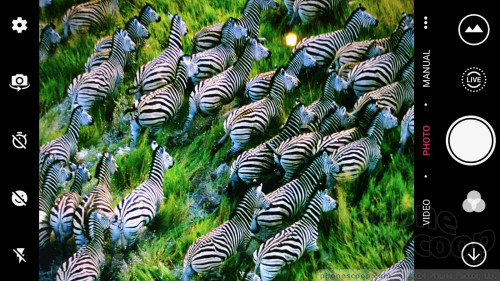
As you might guess, when you're ready to take a selfie you tap an icon and flip it back to the front. All this flipping made me flipping mad.
Beyond the odd hardware positioning, the camera app itself is decent.
The Axon M has 10 shooting modes: auto, video, manual, live, panorama, time-lapse, slow motion, super-night, magic shutter, and multi-exposure.
The live shooting mode essentially captures short GIFs that are a little like Apple's Live Photos. It pieces together a handful of images to create a 1-second animated image. Capturing these live images is easy; sharing them is not. I couldn't get other devices to accurately play them back.
The manual mode is great for people who want to take a little more control. It allows you to adjust exposure, time-lapse intervals, focus, shutter speed (up to 7 seconds), and more. It includes a tool to help ensure the shot is level.
Super Night mode tries to ensure the camera will take a good shot of people in the dark. You'll need to hold the camera steady. Sometimes it fires the flash, sometimes it does not. This mode is only sometimes successful.
The Magic Shutter mode lets you take exposures longer than 7 seconds. Using this tool you can capture light drawings, star trails, or headlight/tail lights streaking through the night. You definitely need something like a tripod for this.
The multi-exposure mode lets you take two pictures and overlay them in a handful of different ways to create a single image. This mode takes practice in order to get good results.
When you're ready to take a selfie, remember to flip the phone over. The selfie camera includes an adjustable beautification tool that reduces blemishes and wrinkles. You can also set it to snap a photo automatically when you smile. Last, the main two-tone flash is available for brightening up that face of yours, so get ready to blind yourself.
The Axon M's camera is relatively straight-forward to use. The modes and settings are easy to find and enjoy. Most people will figure it out in a snap. Too bad it's slow.
Photos/Video
ZTE gave the Axon M a 20-megapixel camera with an aperture of f/1.8, phase detection autofocus, and a dual LED flash. These are all good specs. It takes solid pictures most of the time. In general, focus, white balance, and exposure were on point or at least close enough.
Balloon
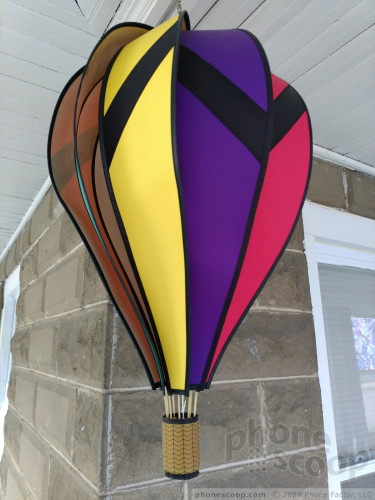
Focus was the most likely of these to be off. Why? Because the camera app is slow and it sometimes takes a moment to focus. You might think the shutter has fired and accidentally move the phone when the shutter actually snaps. It's worse in low light.
The selfie camera is the same as the main shooter so the results are just as good.
The Axon M can capture up to 4K video and the results I saw were sub par for his price point. I saw more grain and than I cared to, and colors sometimes looked off.
I would use the Axon M for everyday shooting, but not necessarily for really important occasions.
Wrap-Up
The ZTE Axon M is a curious beast of a phone. There's no question ZTE attempted to pull off something ambitious here, and yet I don't think it quite succeeded.
Top and Bottom

The Axon M is quite heavy and bulky. Many may find it's just too much phone, despite ZTE's attempts to keep the footprint in check. I can't find fault in the metal-and-glass materials, though I worry a lot about the longevity of the rear glass. The twin HD displays are fine on their own and do an admirable job of working together with the phone is open. I wish it weren't to awkward to use when its wings are fully extended.
ZTE provides all the clues you need to successfully put the two screens to use. Even so, the experience is a bit uneven. Not all apps support the extended modes and the hardware sometimes gets in the way.
I'm glad that most of the software is straightforward Android, but the camera is a disaster thanks to the constant flipping back and forth. I wouldn't mind so much if the phone took stellar pictures. Instead, it does only just well enough.
The biggest hurdle facing the ZTE Axon M is the price. It costs a whopping $730. That's as much as (or more than) appealing flagships from Samsung, LG, and even Apple.
I would only recommend the ZTE Axon M to people who really want something different, or know they'd find the multi-screen experience particularly useful. Otherwise, your money may be best spent elsewhere.
Comments
No messages


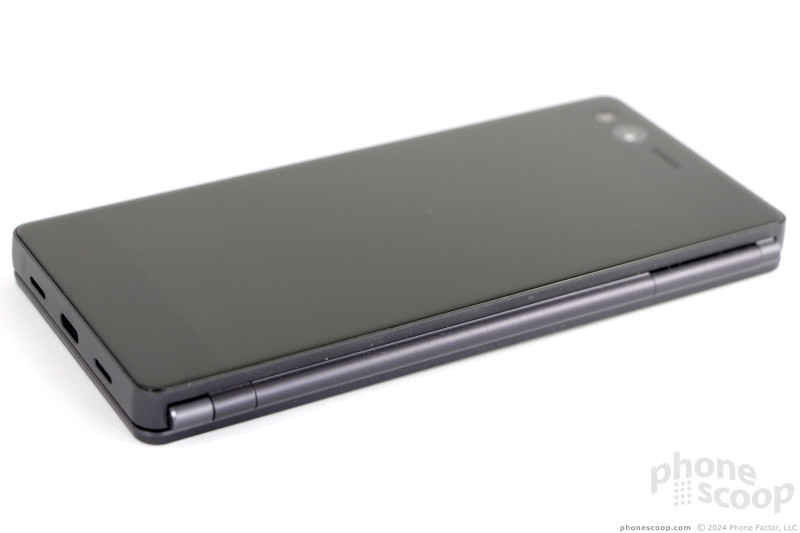






















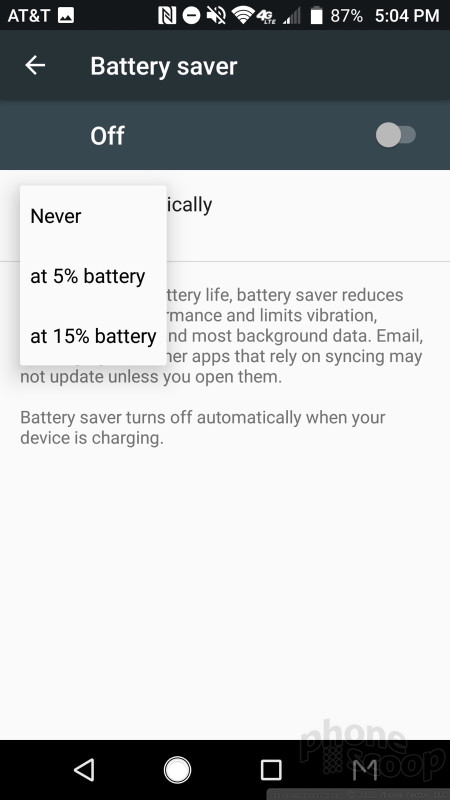



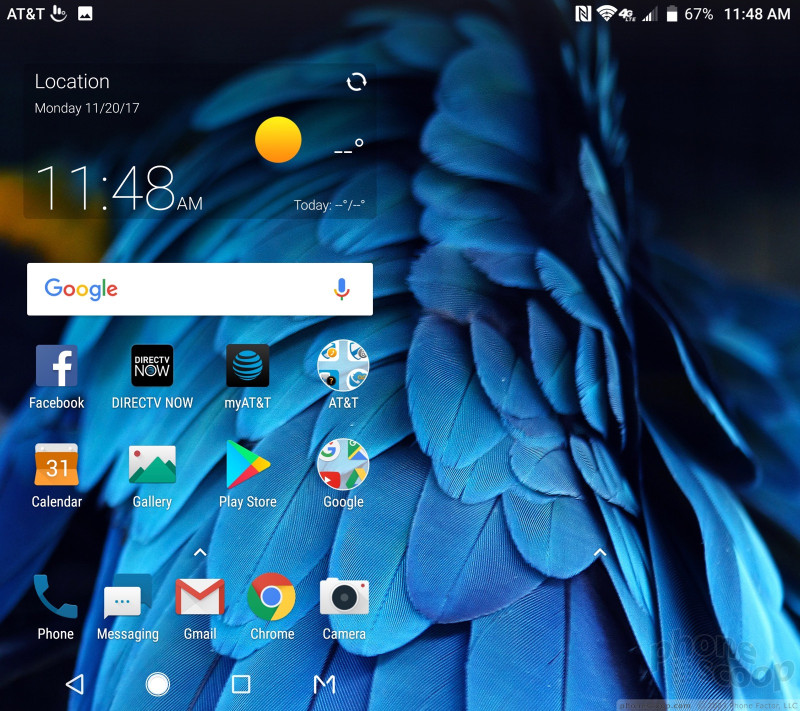




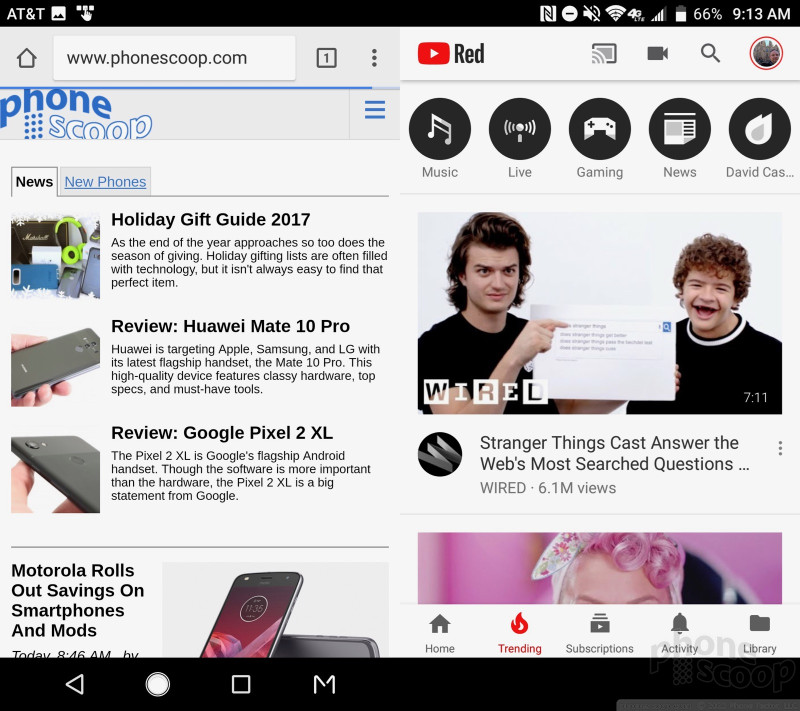










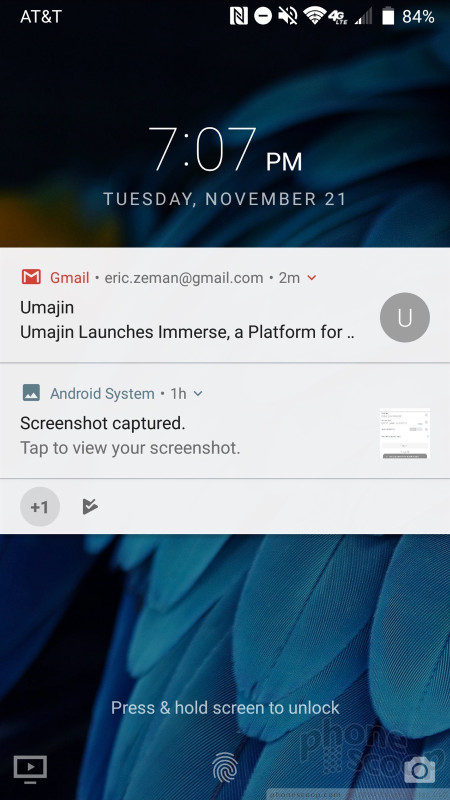





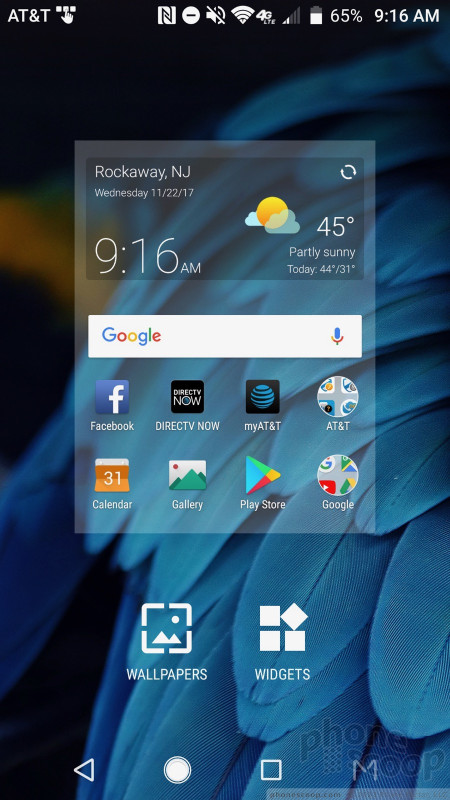





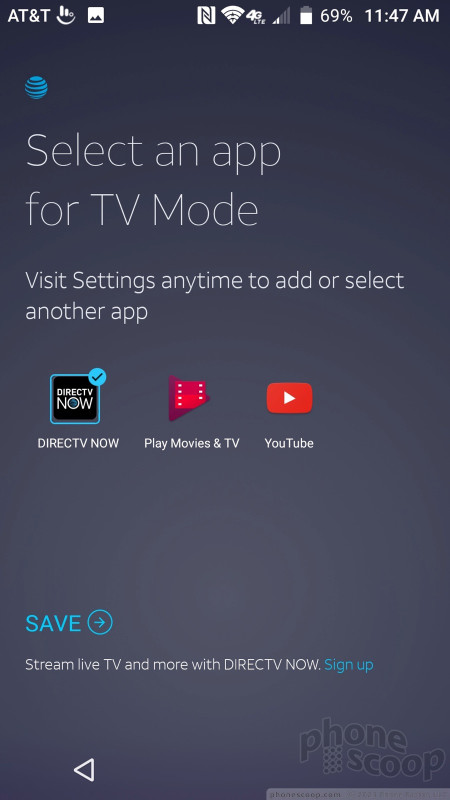





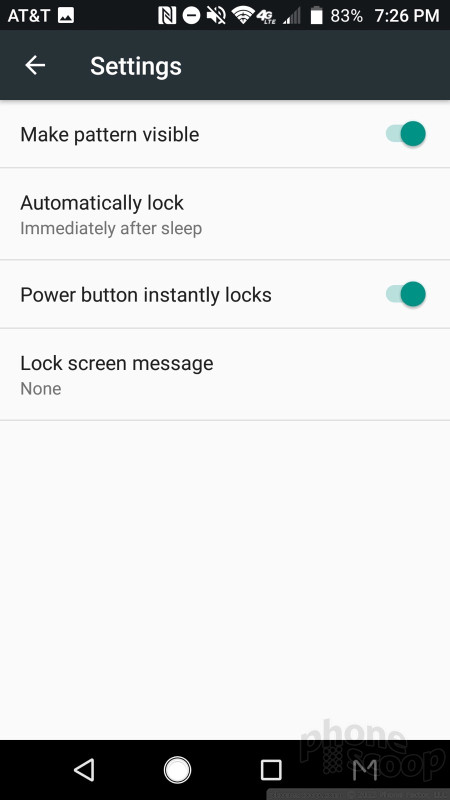









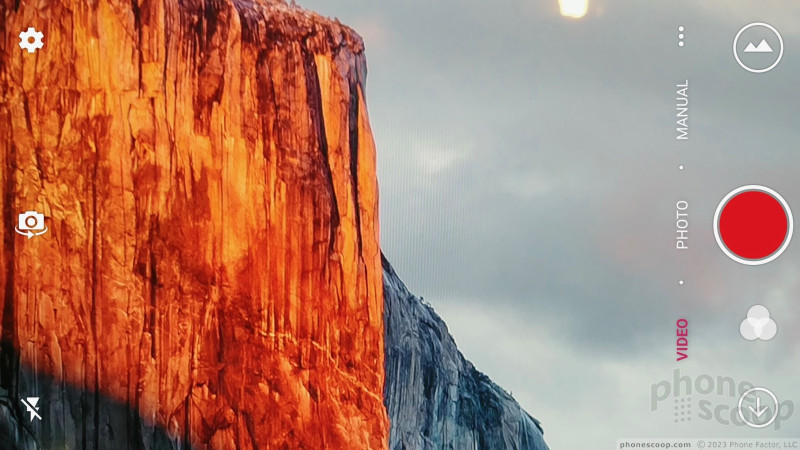






















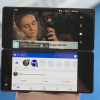 Hands On with the ZTE Axon M
Hands On with the ZTE Axon M
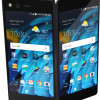 ZTE's Axon M Boasts Dual, Folding Displays to Create Tablet-Sized Screen
ZTE's Axon M Boasts Dual, Folding Displays to Create Tablet-Sized Screen
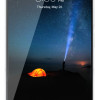 ZTE's Axon 7 Gains a Security Patch
ZTE's Axon 7 Gains a Security Patch
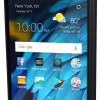 AT&T Says Axon M Will Reach Stores November 17
AT&T Says Axon M Will Reach Stores November 17
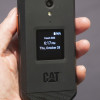 Hands On with the CAT S22 Flip
Hands On with the CAT S22 Flip
 ZTE Axon M
ZTE Axon M




